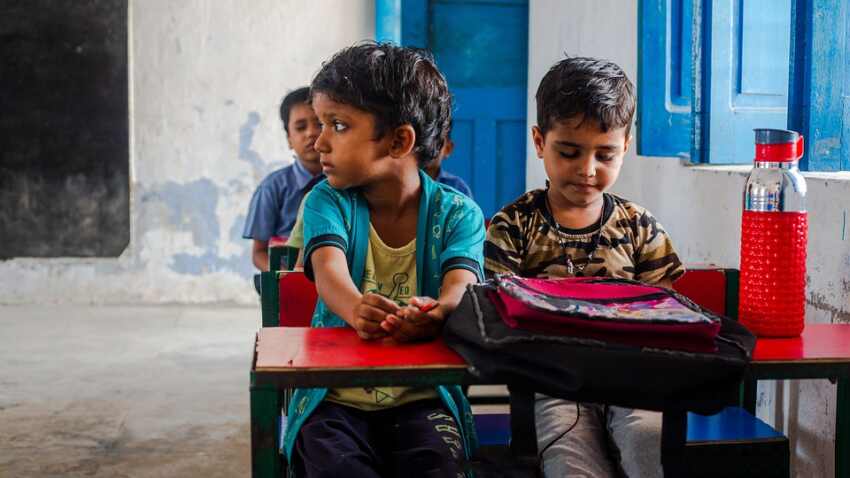Exploring Montessori Measurement Materials: A Hands-On Approach to Learning
Montessori education is a child-centered approach to learning that was developed by Dr. Maria Montessori in the early 20th century. The Montessori method emphasizes hands-on learning, self-directed activity, and collaborative play. In a Montessori classroom, children are given the freedom to explore and discover at their own pace, using specially designed materials and guidance from trained educators.
One of the key aspects of the Montessori approach is the use of hands-on materials to help children grasp abstract concepts. In the area of mathematics, for example, Montessori classrooms are equipped with a variety of tactile materials that enable children to explore and understand concepts such as measurement, geometry, and number sense. In this article, we will focus on the Montessori approach to measurement and the materials that are commonly used to facilitate learning in this area.
Montessori Measurement Materials
The Montessori method of teaching measurement is based on the idea that children learn best through direct, hands-on interaction with physical objects. As a result, Montessori classrooms are equipped with a range of measurement materials that allow children to explore the concepts of length, volume, weight, and time in a concrete and tangible way.
The following are some of the most commonly used measurement materials in Montessori classrooms:
1. Measurement Rods: These are wooden rods of varying lengths that are used to introduce children to the concept of length and to help them develop an understanding of linear measurement. Children can use the rods to compare lengths, arrange them in order from shortest to longest, and perform simple addition and subtraction exercises.
2. Liquid and Dry Measure: Montessori classrooms often have sets of pitchers, cups, and containers that children can use to explore the concepts of volume and capacity. By pouring liquids from one container to another and by using measuring spoons and cups to measure out dry ingredients, children can develop a sense of volume and learn about basic units of measurement such as liters and milliliters.
3. Balance Scales: Balance scales are used to help children develop an understanding of weight and mass. By comparing the weights of different objects and by using standardized weights to balance the scale, children can explore the concepts of heavier and lighter and can develop a sense of relative weight.
4. Clocks and Time-Telling Materials: Montessori classrooms are equipped with materials such as clock faces, hour and minute hands, and time-telling cards that help children learn to tell time and to understand the concept of duration. Children can use these materials to practice reading analog clocks and to develop an understanding of units of time such as hours, minutes, and seconds.
The Benefits of a Hands-On Approach to Measurement
The use of hands-on measurement materials in Montessori classrooms offers several key benefits. First, it allows children to experience abstract mathematical concepts in a concrete and tangible way, which can help them develop a more intuitive understanding of measurement. Second, it encourages active exploration and discovery, which can enhance children’s engagement and motivation to learn. Finally, it promotes the development of fine motor skills and hand-eye coordination as children manipulate and interact with the materials.
Incorporating Montessori Measurement Materials at Home
Parents who are interested in incorporating Montessori measurement materials into their home learning environment can easily do so by purchasing or making their own materials. Many Montessori measurement materials are available for purchase from educational supply stores, and there are also numerous DIY tutorials available online for creating your own materials using simple household items.
The Montessori approach to measurement emphasizes hands-on exploration and discovery, allowing children to develop a deep and intuitive understanding of mathematical concepts. The use of specially designed measurement materials in Montessori classrooms enables children to engage with abstract ideas in a concrete and tangible way, leading to a more meaningful and lasting understanding of measurement. By incorporating these hands-on materials into the home learning environment, parents can support their children’s development of mathematical concepts and skills in a fun and interactive way.
Nidhin
For More Details Call: +917510220582

